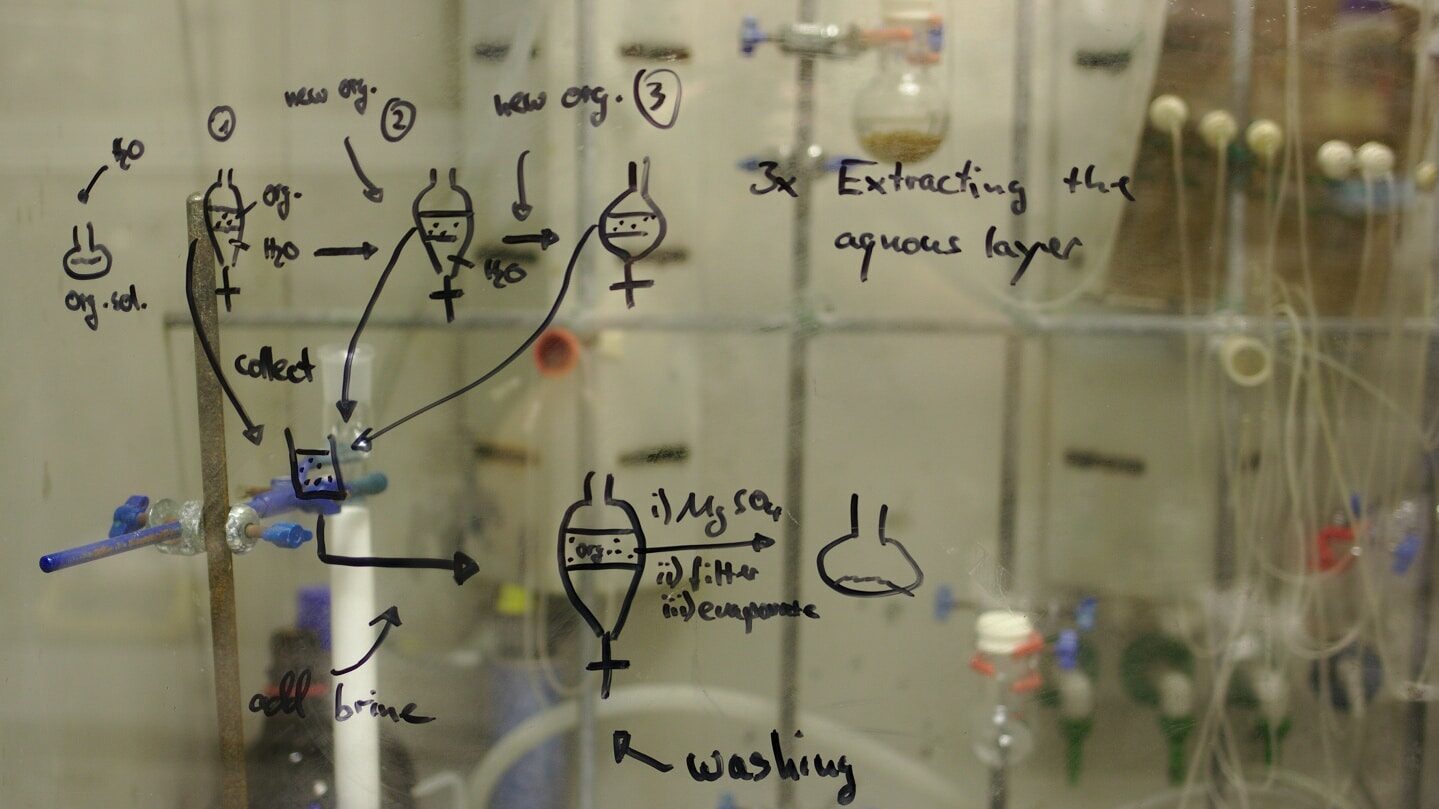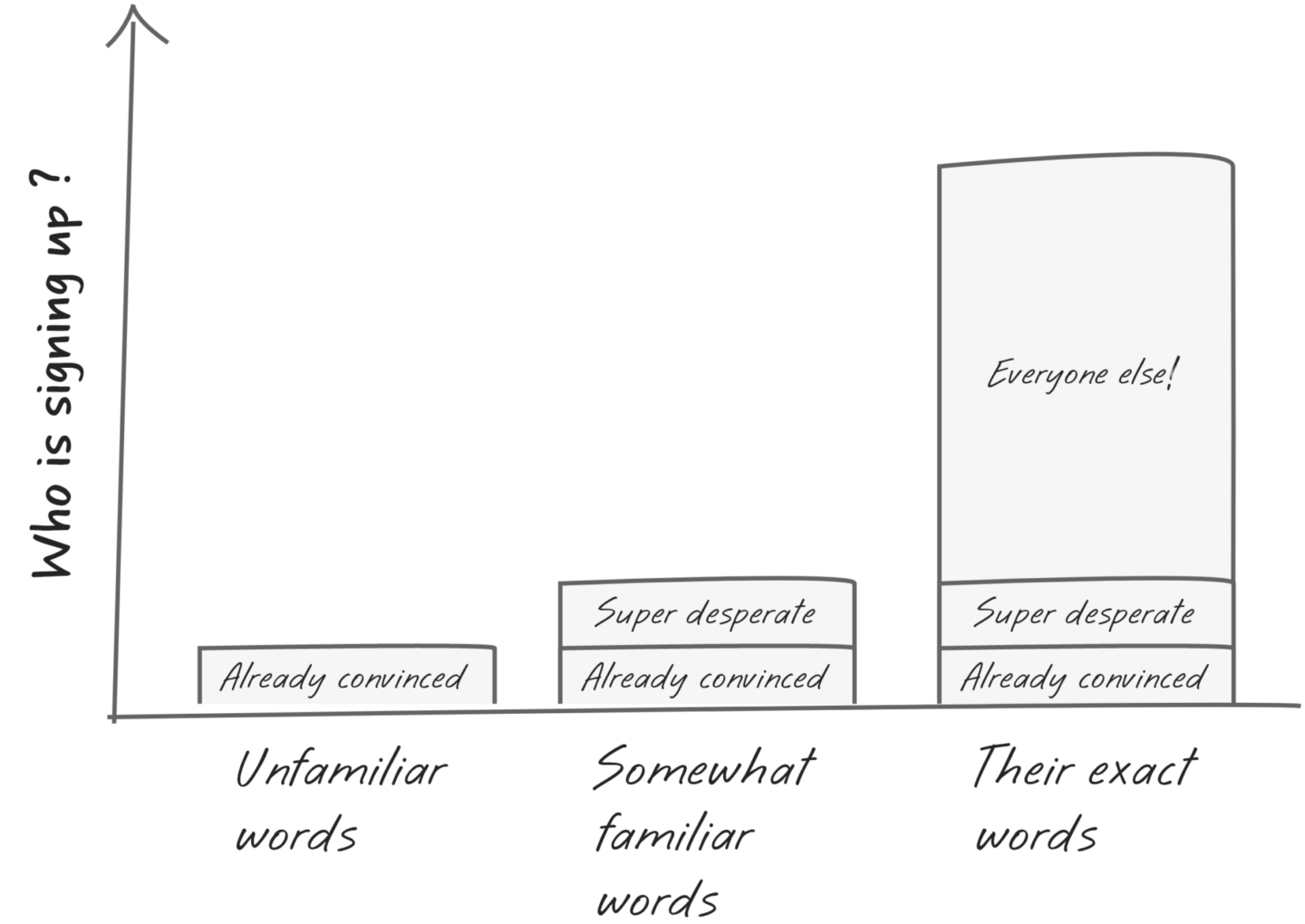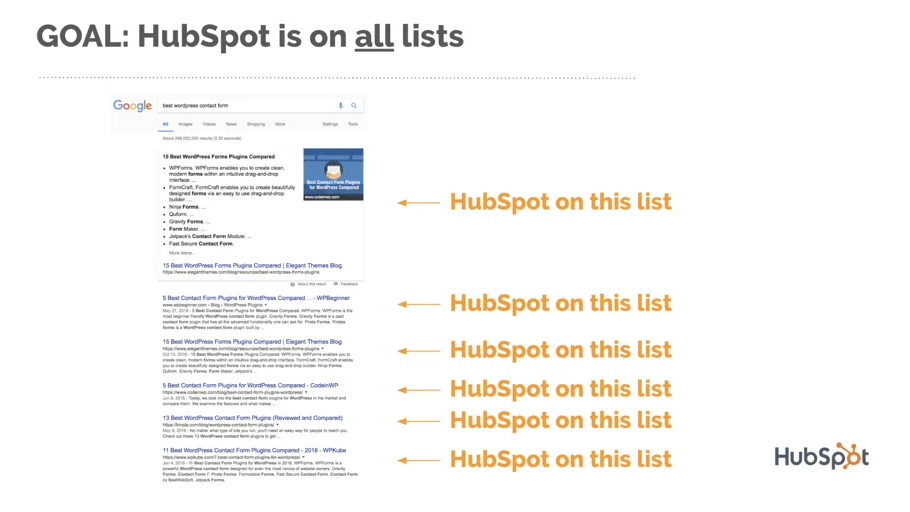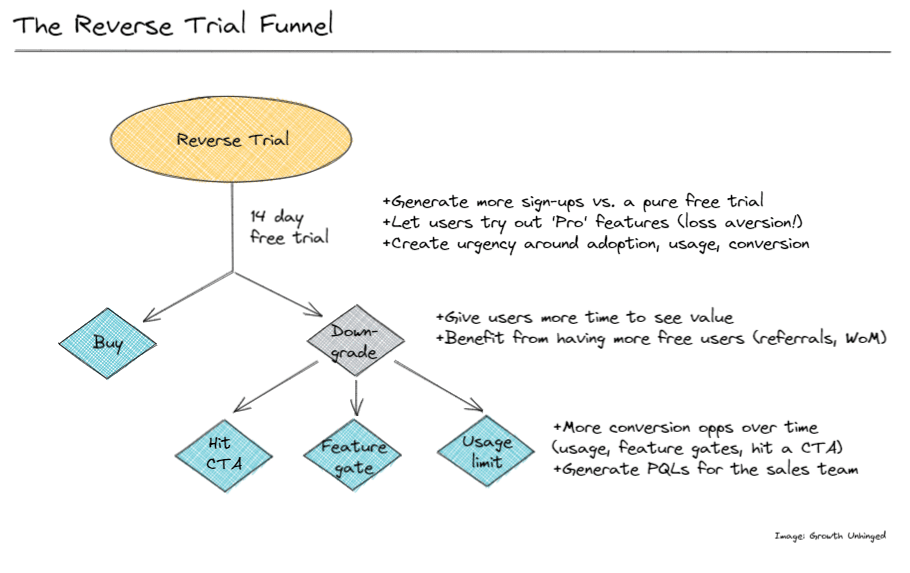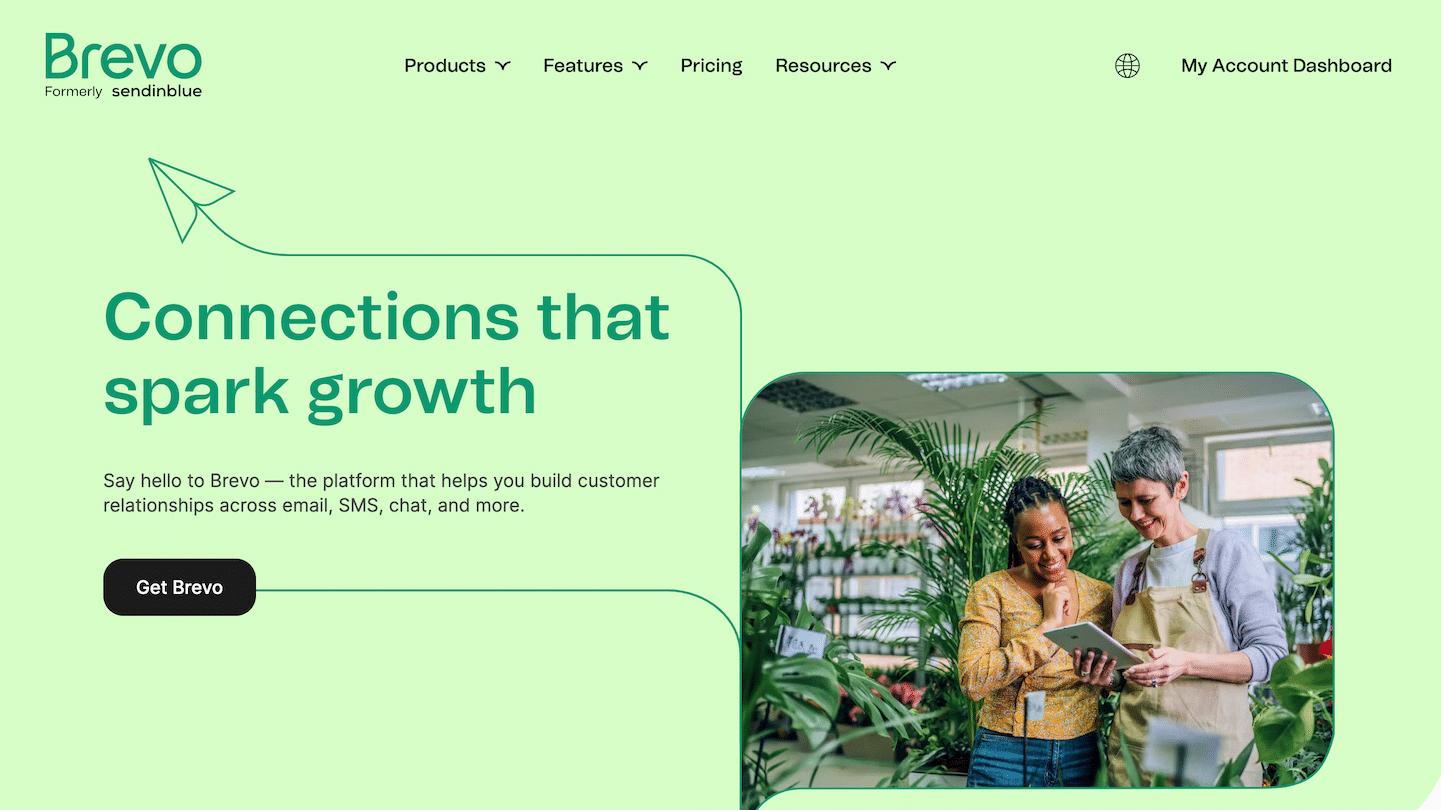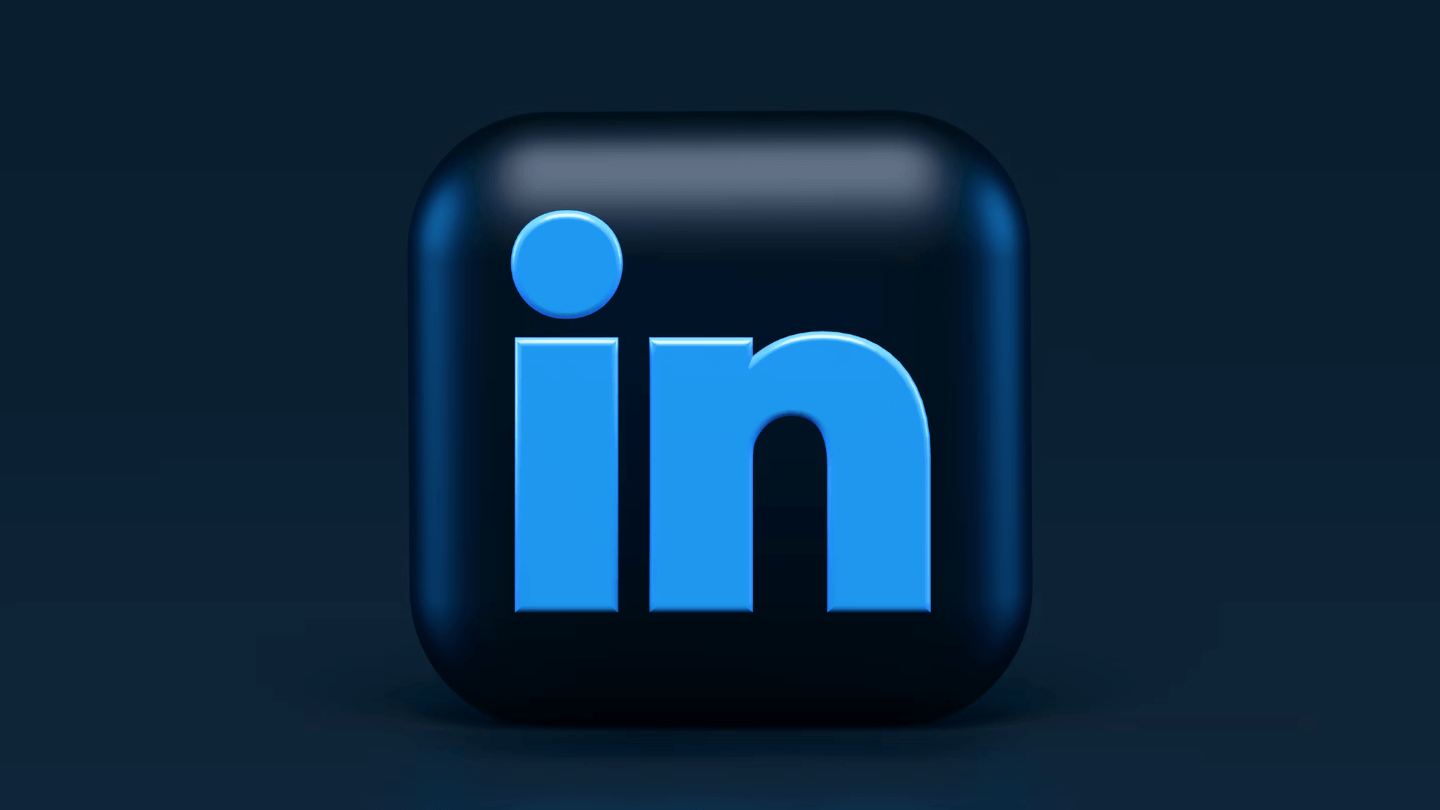B2B marketing teams are generally organized by activity, or by expertise. And for good reason: if you don’t want to rely solely on Google’s recommendations, which essentially consist of increasing your budgets or adding broad keywords, there’s a definite cost of entry to administering an Adwords account.
However, B2B buying behavior is a little more complex than an ideal funnel where 100 clicks lead to X conversions. And SEA is also a powerful tool for supporting a strategy, testing optimizations, a message or an audience, and strengthening your presence on core business queries.
In this article, we discuss 5 levers that make SEA a powerful tool for designing, adapting and executing your marketing strategy, and conversely, we show how other channels can be a major optimization lever for your SEA campaigns.
About this article
This article is sponsored by the SEA agency Yumens. Yumens offers strong SEA expertise and also integrates other areas of expertise such as SEO, UX, data and webanalysis, which act as complementary levers.
Sommaire
#1 Test protocols and traffic mastered
SEA allows you to target a particular keyword, and define the landing page associated with a keyword, a group of keywords or a campaign.
One of the biggest problems when setting up any kind of test protocol is to master the traffic and the overall experience – from first click to conversion – to avoid introducing bias into the test.
You can set up an A/B test on your home page, for example, but unless you have a (very) large volume, you’re bound to have a rather uneven distribution of traffic on certain segments. Too uneven to achieve any significant results.
Thanks to SEA, we can define a totally isolated landing page, inaccessible other than by a given keyword (or group of keywords) from Google, and design a global experience that we apply only to visitors coming from this exact source of traffic.
A/B tests can be set up directly from Google Adwords, dividing up homogeneous traffic (on the same keyword or group of keywords) and redirecting it to a control version or one (or more) test version(s).
It’s an extremely common & powerful test lever, including for testing very profound things like pricing.
#2 Market knowledge & Language market fit
Micro-tests
With ATS, you can carry out macro- and micro-tests, which focus on different elements of your structure to assess the potential viability of their idea before moving on to development and launch. The advantage of micro-tests is that they are carried out on small samples of the public, and help you to fine-tune the details of your offer.
For example, you can ask yourself the following questions:
- How will users carry out their searches?
- What features would they like to see in the new launch?
- What are the most effective marketing strategies for our sample?
The micro-test is designed with very specific questions, on a sample limited in number and time, to provide further details on the best way to proceed with development and launch.
How do you micro-test your new product/service with Google AdWords? Once you have a clear idea of demand, potential costs and how users might search for your new product or service, you can dig a little deeper with active micro-testing.
The beauty of micro-testing in Google AdWords is that you can get detailed data on the best marketing techniques well in advance of launch. You can test everything: keywords, ad text, which extensions work best, landing page structure and text, and so on.
Don’t hesitate to go a step further and test the most popular features, the best price range, logos and slogans, etc. The advantage of micro-testing is that you can test absolutely everything.
My advice
To carry out your micro-tests of an Adwords campaign for testing, you can follow the steps below:
- Define your geographic targeting: the smallest possible sample size, to reduce costs and test demand in different locations.
- Create separate campaigns for the various elements to be tested (logos, advertising copy, etc.).
- Have a simple message to make the concept clear in your test ad: you’d be surprised how hard it is to turn a complex, brilliant idea into a simple, marketable message.
Warning
Be careful not to mix test campaigns with existing campaigns, as this can confuse your customers and lead to lost conversions.
Competing keywords
One of the great strengths of Adwords is the ability to target competitors’ brand names. Technically, using brand names in Ads is forbidden (although it’s often possible in practice). But above all, targeting a competitor’s keyword is perfectly acceptable, as long as you don’t mislead the surfer. You get real search volume on your competitors’ brand names, which gives you a fairly accurate estimate of their brand-related traffic.
By using sufficiently broad keywords, you can then study the search terms (the exact words searched for). This allows you to identify interesting keyword combinations, and the underlying issues associated with a product or service.
For example, “Mailchimp” gives you an idea of the market looking for emailing software, and in particular emailing software in French. Not quite a selling point yet, but not far off.
Language market fit
In his article on what he calls language market fit, Matt Lerner offers a few examples to illustrate the concept. For example, of the following two (homepage) headlines, one converted 10x more than the other.
- Option A: “Accelerate your learning.
- Option B: “Organize, share and take notes on web pages, PDFs and academic documents easily, so you can learn faster, remember better and get things done”.
Option B converted visitors into registrations 10 times better (30%) than the first version (3%).
But it’s not just a marketing “hack”: it’s about finding the right words to explain your product or service to your potential customers, words that resonate with the goals and problems already present in their brains.
This is what he calls language-market fit: when you talk about your product, a light bulb goes on in your prospects’ heads and says: “This is EXACTLY what I’m looking for”. They feel as if you’ve read their minds.
Source: Review First Round, Finding Language/Market Fit: How to Make Customers Feel Like You’ve Read Their Minds
Initially, you’re more interested in matching your product to the market, to meet the needs of potential customers – especially as improving language may seem like a purely marketing issue.
But this neglect comes at a high cost: all the money invested in your advertising campaigns barely pays off. The goal for new, little-known businesses is to convert low-intent visitors: that’s hard enough, and “tightening up” your language by refining it can really help.
The beauty of SEA is that you have a full-size playground in which to search for that language market fit. Google results pages (SERPs – for Search Engine Results Page) are made up (more or less) of nothing but words, and Google queries are nothing but words.
#3 Search-driven marketing & Surround Sound Effect
Why do people choose a product? The surround sound effect strategy is quite simple: the more people hear about your product from different sources, the more likely they are to buy it.
“The more frequently someone hears about your product from multiple sources, the more likely they are to buy your product”, Hubspot, The Surround Sound Series
Imagine you’re at a dinner party and you want to know what your companions have been reading recently. You ask them: “What have you read? What should I read next?”
If only one guest tells you about a book, it won’t stand out from the crowd and won’t be more valuable than any other book. On the other hand, if all your guests talk about the same book, it creates a kind of “surround effect”. Unless you’re crazy, you’re going to buy the book in question.
In reality, imagine this dinner party as a myriad of diverse influences: podcasts, newspaper articles, book bibliographies and, of course, suggestions from friends. The idea is to get lots of people talking favorably about you, preferably at the same time.
My advice
This is even truer for a product launch. In the first few days of launch, people need to see your project everywhere: blogs, Linkedin, Twitter, newsletters, … – absolutely everywhere.
For Google SERPs, it’s exactly the same thing: you need to be mentioned in all the search results.
On a high-intent keyword (example: Best CRM software) SERPs are typically divided like this:
- Adwords ads from 3 or 4 competitors
- One or two organic landing page results (conversion-oriented) for market-leading software. For example, Hubspot with its free plan manages to position a conversion-oriented page on “best free crm”.
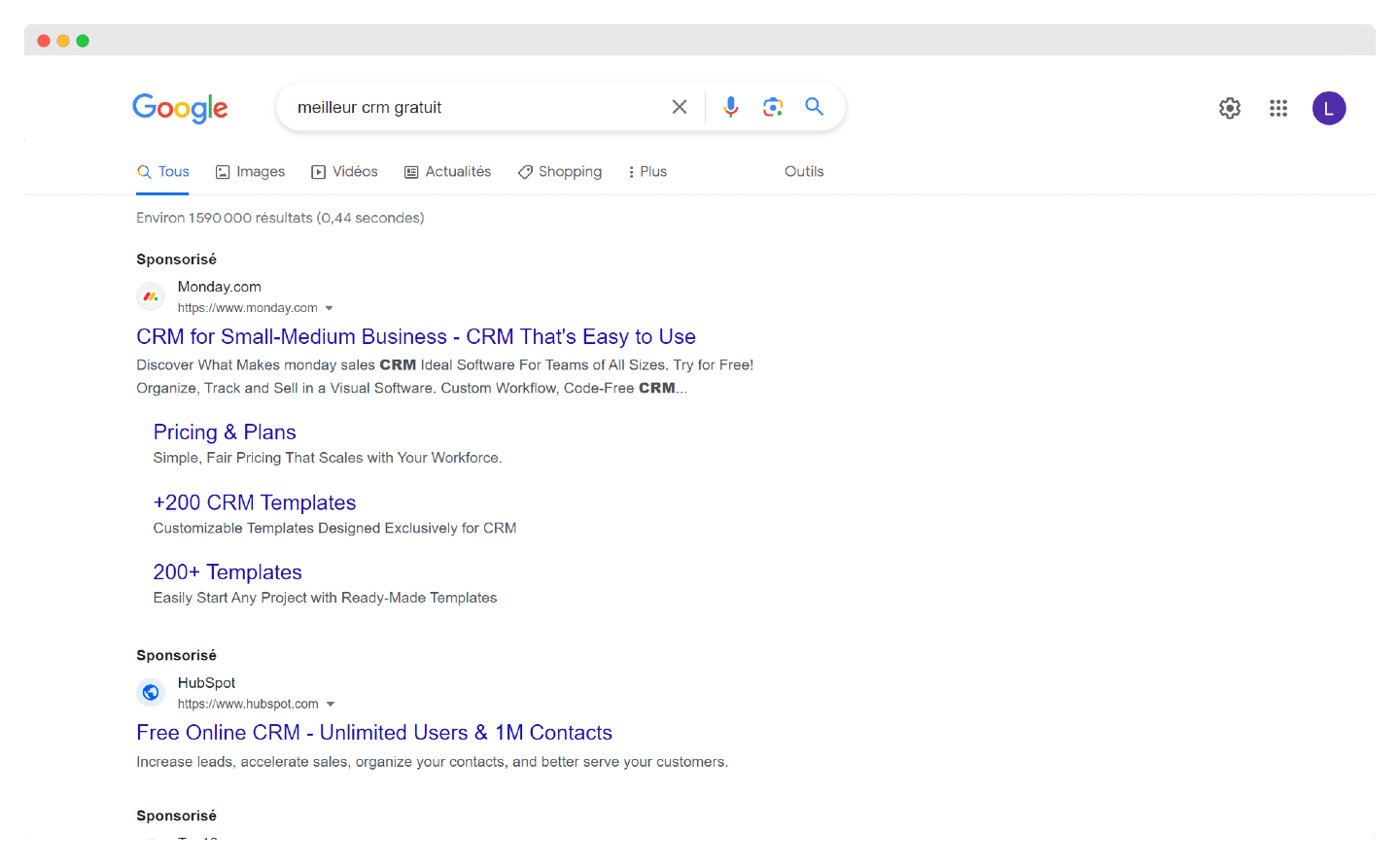
- Comparisons (Top 10 CRM software, etc.)
In marketing, this represents 3 quite different disciplines, with quite different levers:
- Adwords – You can position yourself on the keyword relatively even if it is ultra-competitive, which requires a good Quality Score and good conversion rates to make the (high…) CPCs acceptable.
- SEO – It’s a very long-term job to build up sufficient authority on the subject to rank for these keywords with conversion-oriented pages. Semantic silos, technical optimizations, UX and UI, and authority development (links, mentions, …)
- Affiliation & Partnerships – Most of these Top 10 articles are published by more or less independent media. The objective here is to convince as many media as possible to mention your brand, and to mention it as high up the article as possible to become present.
Source: Hubspot, The Surround Sound Series
This is a very, very far-reaching strategy in mature & competitive markets. We can measure an “aggregated CTR” – on a search, how many clicks lead to ultimately to your site – that’s your real market share on the keyword.
Rather than working on each channel independently (or even almost in internal competition…), working in synergy on precisely identified keywords delivers much better results across all channels, and justifies much greater investment in paid channels, including retargeting, which becomes much more profitable.
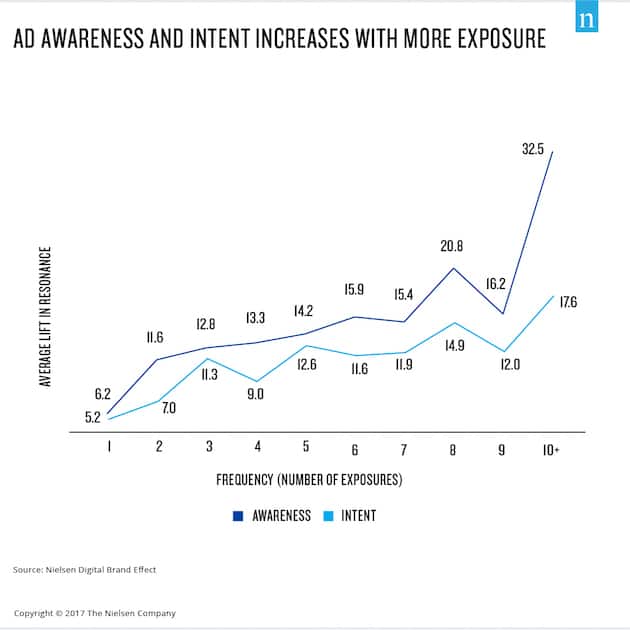
Source: Nielsen Digital Brand Effect
#4 Definition of micro-conversions, UX design & aha moment
Don’t forget that Adwords needs a high volume of conversions to work properly.
When working with high average baskets – which is very common in B2B – search and customer volumes are comparatively low. But to optimize a campaign, you need statistically representative volumes.
In short, if you’re doing one customer per keyword per month, it’s going to be very complicated to optimize.
This leads Adwords marketers to break down the funnel into “micro-conversions” to increase the volume of signals (rather than just the purchase). We often think of registration or demo requests, but we can go much further, and be much more refined.
But it goes even further: SEA, and in particular this idea of micro-conversions, can drive some pretty profound and powerful strategic changes, and make it possible to test them simply and quickly.
This is one of the great advantages of free tools, simulators, qualification forms, actions taken in the product and so on.
In the software world, for example, reverse-trial is a fast-growing model.
Source: Open View Partners Blog, Your Guide to Reverse Trials
The reverse trial is when new users start with a time-limited trial of your paid features. At the end of the trial, they can either buy or downgrade to a completely free level.
You show users the best of your product, and in the end you benefit from loss aversion – the pain of losing something is an extremely powerful conversion factor.
This type of funnel seems to be the best of both worlds. You don’t have to choose between acquisition or conversion objectives; you can pursue both! What’s more, you give new users the best of both worlds, by giving them access to your most advanced features for a limited time. From a behavioral psychology point of view, you start to benefit from loss aversion, where the pain of losing something is twice as powerful a motivating factor as the pleasure of winning.
In practice, according to Airtable’s Head of Growth Lauryn Isford – one of the pioneers of the reverse-trial strategy – it’s in your interest to offer your customers any feature that accelerates their growth upstream of the tunnel.
Conversely, the features to be left in paid plans must correspond to target user personas, and clearly differentiate the value for each of them.
For example, “ditch” functionalities, “sticky” functionalities or “sophistication” functionalities:
- Gap” features: high switching costs or powerful network effects that increase value relative to the competition.
- Sticky features: once a user starts using this feature, they pay more to use more.
- Sophistication features: use of deeper, more complex functions
For example, for Airtable, a new customer can build a basic CRM in Airtable for free. Salesforce integration, which unlocks deeper usage and extends workflow, is more suited to a paid plan. On the other hand, the ability to invite numerous colleagues to a table in your CRM should be free, in order to expose the product to as many people as possible.
Something to keep in mind
There are a wide variety of CRM pricing models, based on number of seats, usage, tiers, and combinations of each. Exactly how you “offer” premium features depends on your product, and should be linked to how customers use it.
#5 ATS and ABM – An impossible equation?
Retargeting can also be used on Adwords, to define a much more aggressive maximum budget for certain clicks.
In anABM strategy, it’s common to use social ads to drive traffic to a set of target accounts (thanks to Linkedin in particular), and create Google retargeting lists on these accounts. It’s a special case, but a very common one, and quite powerful.
A good strategy that combines ABM and SEA can look like this:
- Create a resource with high added value but low virality to control traffic as much as possible
- Generate Social Ads on your target accounts, for example with Linkedin ads.
- You can make downloading conditional on filling in a form to further pre-qualify your target audience.
- Generate remarketing lists with a Google Ads pixel placed on the download confirmation page. If you pre-qualify, set up 2 pages with 2 different pixels to isolate the audience that corresponds to your target accounts. If the user declares a company or an email linked to your target accounts, you redirect them to the page with the target audience pixel, and otherwise to the page with the other audience pixel.
- Then set up remarketing rules on Google Ads, to ensure a higher position when members of your target audience search for a keyword on which you’re positioned. You’ll mechanically be much more present, just for your target audience.
Go further
Read our complete guide toAccount Based Marketing.

